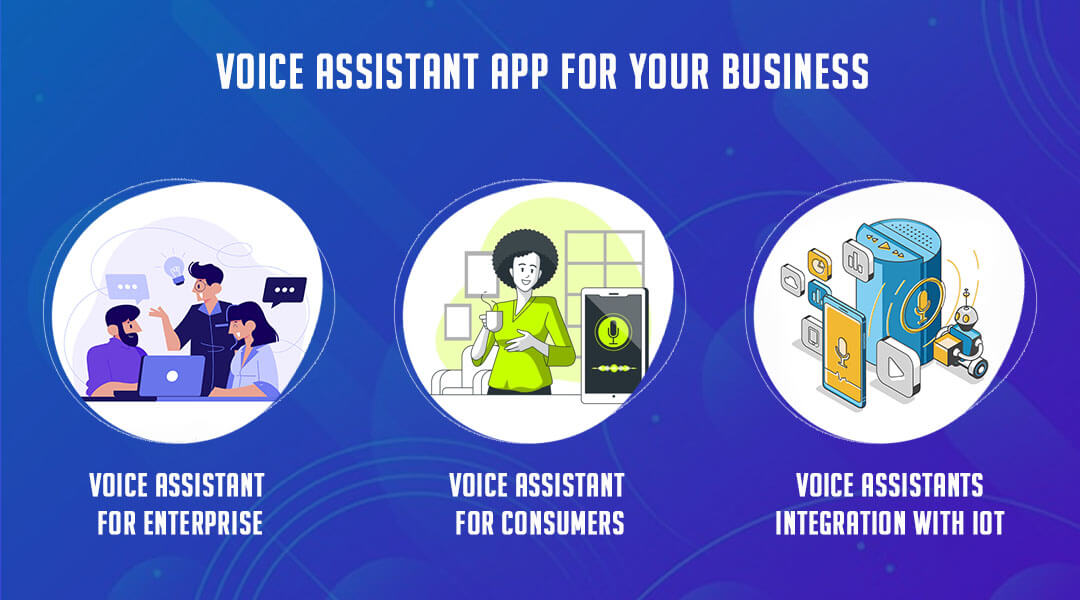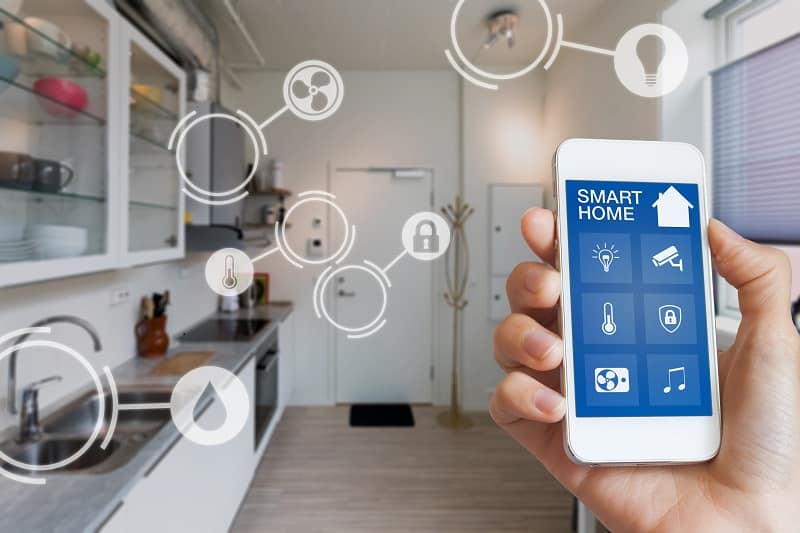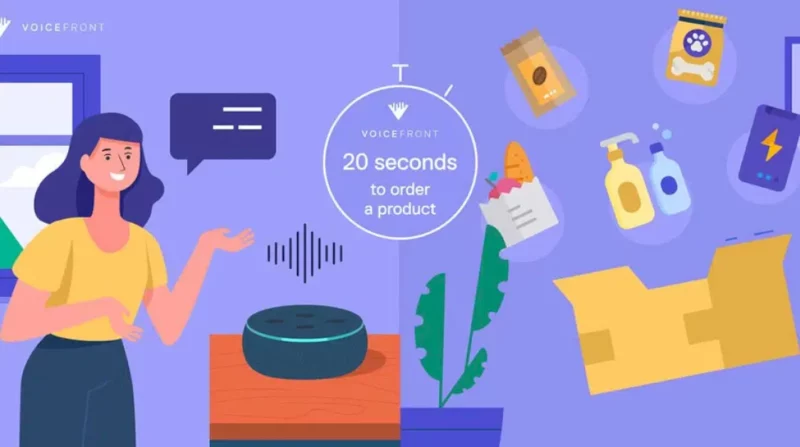
What is Speech Recognition Technology (SRT)-
In today’s fast-paced world, technology continues to evolve with artificial intelligence impacting various aspects of our lives. One such innovation making waves is Speech Recognition Technology. This revolutionary advancement allows machines to interpret and understand human speech, transforming spoken words into text or commands.
In this blog post, we will explore the incredible benefits of this technology, examine its everyday applications, discuss its pros and cons, and highlight the role of AI in making it possible.
Understanding the role of Speech Recognition Technology with AI has become necessary nowadays to use it for the optimum benefit, as well as knowing when not the machine to overpower your dependence on them.
Table of Contents
I. Benefits of Speech Recognition Technology
Convenience and Efficiency: SRT offers unparalleled convenience by eliminating the need for manual input.
Simply speaking commands or dictating text saves time and effort, streamlining daily tasks and enhancing productivity.
Whether it, is a simple Google search, giving commands to Alexa, or shuffling songs on Spotify, all you need is to speak and the work will be done.
Increased Productivity: By reducing the time spent on manual typing, individuals can focus on more critical aspects of their work.
Speech recognition technology enables professionals to draft emails, write reports, or navigate through documents with greater efficiency, boosting overall productivity levels.
Accessibility for People with Disabilities: Individuals with physical disabilities or conditions that affect motor skills can greatly benefit from speech recognition technology.

Providing an alternative input method ensures equal access to digital platforms to
- Enabling better communication
- Improved independence, and
- Expanded opportunities to feel inclusive to all modern facilities

Improve ability to multitask: SRT allows users to perform multiple tasks simultaneously. We have to agree that, doing a task is not so bothersome as remembering what to do, as the to-do list grows it becomes overwhelming for us to multitask.
But SRT can ensure, you will never forget any tasks if you utilize them correctly- Whether it’s composing an email while cooking dinner, researching a topic while taking notes, or going hands-free to open the door to switch off the oven.
The nature of this technology enables seamless multitasking.

Improved Accuracy and Speed: Accuracy and speed are critical factors in today’s fast-paced world. SRT has come a long way, and modern algorithms have significantly improved their ability to accurately interpret spoken words, resulting in faster and more reliable transcription.
Reduced Physical Strain: Traditional typing can lead to repetitive strain injuries and fatigue. SRT provides an ergonomic solution by eliminating the need for constant typing, reducing physical strain, and promoting better ergonomics.
Users can communicate naturally, alleviating stress on joints and muscles.
Enhanced User Experience: Speech recognition technology enhances the overall user experience by offering a more intuitive and natural interface.
It unlocks a world of possibilities, making digital devices more accessible and user-friendly, whether it’s smartphones, smart homes, or smart cars.
III. Everyday Use of Speech Recognition Technology-

Speech recognition technology has become an integral part of our everyday lives. Here are a few examples of its widespread applications:
- Personal Use: Dictating text messages, composing emails, setting reminders, and controlling smart devices are just a few ways individuals use speech recognition in their daily lives.
- Professional Use: Professionals across industries, from journalists and lawyers to healthcare providers and customer service representatives, rely on SRT to transcribe interviews, document legal cases, write medical reports, and more.
- Educational Use: Students and educators can benefit from SRT for note-taking, dictating essays, transcription services, language learning, and accessibility accommodations.
- Medical Use: Healthcare professionals often use SRT for patient documentation, medical transcription, and improving efficiency in electronic health records (EHR) systems.
- Automotive Use: Many modern vehicles integrate SRT to facilitate hands-free calling, navigate GPS systems, control entertainment features, and enhance overall driver safety.
- Entertainment Use: Virtual assistants like Amazon Alexa, Apple Siri, and Google Assistant have become our virtual companions, helping us play music, answer questions, control smart devices, and more.
IV. Reshaping the Healthcare Industry-
The future of healthcare is to automate the entire process, so healthcare professionals can focus more on patient care, leading to improved efficiency and productivity.
By leveraging the power of speech recognition, healthcare professionals are experiencing improved efficiency and accuracy in overall patient care.

Let’s explore how speech recognition technology has the potential to reshape the future.
- Dictating medical notes: Patient information can be recorded over a microphone, which are then transcribed into text. This can save time and improve the accuracy of medical records.
- Fast Patient assistance by enhancing documentation: Patient information, such as allergies, medications, and medical history can be collected through this technique. This can help to streamline the patient intake process and ensure that important information is not missed.
- Coding and billing: Speech recognition can code medical procedures and generate bills. This can automate administrative tasks and free up healthcare providers to focus on patient care.
Telemedicine Benefits:
Extended Reach and Expanded Patient Base: Help serve a larger patient population, including those in remote areas.
Improved Efficiency and Reduced Costs: Reduce administrative burdens, such as scheduling appointments and handling paperwork, along with physical office space requirements and associated costs.
Enhanced Patient Outcomes and Reduced Hospitalizations: Improve patient outcomes by timely diagnosis and interventions, reducing the need for hospitalizations.
Enhanced Provider-Patient Relationships: Promotes more personal and empathetic interactions between providers and patients, fostering patient satisfaction.
Empowered Healthcare Delivery: Empowers healthcare providers to deliver care in a more flexible and adaptable manner, tailoring services to patients’ needs and preferences.
With the right use of this technology, healthcare will be better than ever before.
V. Pros and Cons of Speech Recognition Technology
While speech recognition technology offers numerous benefits, it’s essential to acknowledge its drawbacks:
Pros:
- Time-saving and hands-free operation.
- Accessibility for individuals with disabilities
- Increased efficiency in daily tasks.
- It has enhanced user experience.
Cons:
- Accuracy issues, especially when dealing with accents or specific vocabulary.
- Privacy concerns related to voice data storage and usage.
- Over-dependency on technology may hinder traditional writing skills.
- Inconsistent performance due to background noise or ambient conditions.
VI. Tips for Not Over-Dependent on Speech Recognition Technology
While SRT offers remarkable advantages, it’s crucial not to become overly reliant on it. Here are some tips to maintain a balanced approach:
- Knowing when to use it: Recognize the appropriate situations where speech recognition technology can enhance productivity and efficiency, and know when traditional input methods might be more suitable.
- Limiting its use: Avoid using speech recognition as the sole means of communication and maintain a mix of input methods to encourage diversity in skills and prevent over-dependency.
- Regularly updating software: Keep speech recognition software up to date to take advantage of new features, bug fixes, and improved accuracy.
- Maintaining good vocal hygiene: Consistently practice good vocal health by speaking clearly, avoiding straining the voice, and taking breaks to prevent vocal fatigue.
VII. Conclusion
Speech recognition technology offers a host of benefits, from convenience and increased productivity to accessibility for people. Making life easier for people with disabilities, elders or people having health issues.
Although there are some inherent cons and concerns, AI plays a crucial role in improving accuracy and performance.
By using SRT wisely, knowing its limitations, and adopting a balanced approach, we can harness its power while maintaining the importance of traditional communication skills.
As technology continues to evolve, let us strive for a harmonious integration of speech recognition and other technological advancements into our everyday lives by knowing more about its advantages and disadvantages.
Want to Learn More about SRT-
7 Real world examples of Speech recognition technology



0 Comments